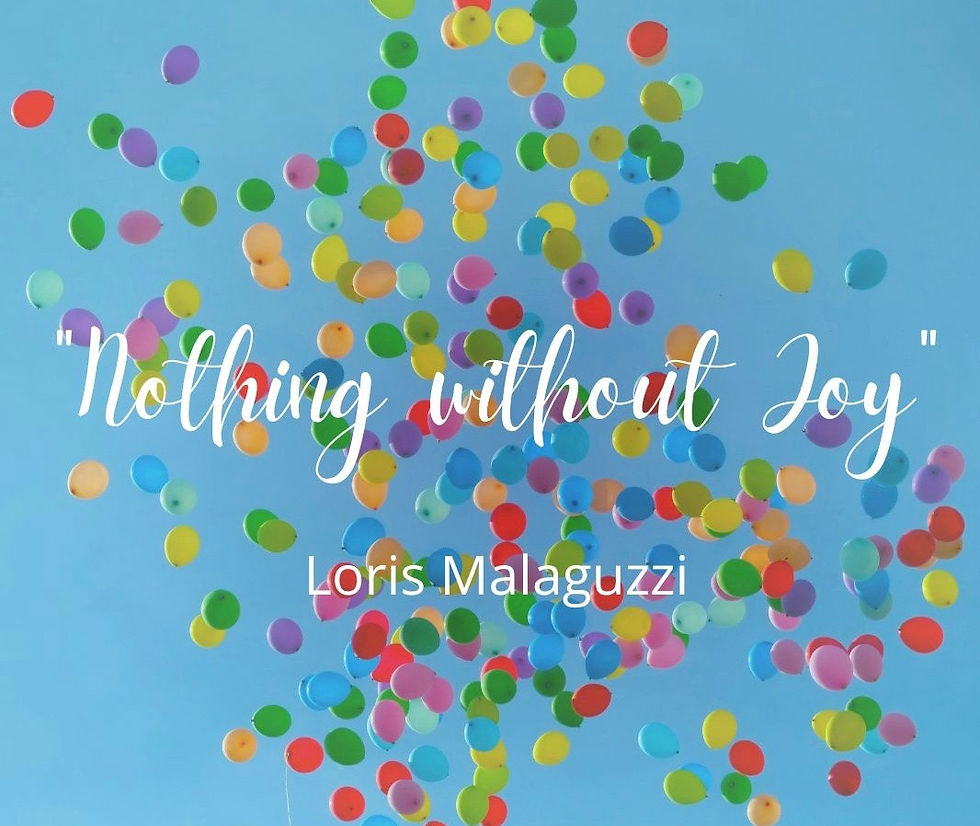Remote Reflections 3: Reimagining Learning Environments - Lessons from the Tiny House Movement
- marywbell53
- Mar 6, 2022
- 3 min read
Updated: Apr 25, 2022
People who have been largely confined to their homes during the pandemic have come to realize what early childhood educators have long known – environments matter. They affect our interactions, our focus, and our sense of wellbeing.
Preschool environments also affect not only what, but how young children learn. Referring to the environment as the third teacher is not an overstatement, but rather an accurate acknowledgement of its vital role.

With the shift to remote learning, my ability to design the macro-environment was limited. All I could do was ask that each child have a consistent place from which to participate in school – a place that in some way helped signify a predictable routine during such an unpredictable time.
My focus, then, was the micro-environment – the materials that would inspire the children’s explorations and creations.
Early childhood centers have an array of materials, and the challenge for teachers is determining when, where, and how to offer the ones most appropriate for a particular child or group of children on any given day. While all of the children in my class had an array of toys, they were unique to each child and were not materials I typically use in the classroom.
While it is possible to design learning experiences using whatever materials families have at home, it is challenging. I was fortunate that the families in my class this fall were able to pick up materials from school each week – something not possible for many families engaged in remote learning.
That also meant that I was starting with an “empty classroom”.
The activities and experiences available to the children during Choice Time would mainly use materials that I found, made, recycled, or purchased inexpensively. They needed to be small enough to fit in a Learning at Home bag, and to be prepared in a way that made it easy for families to keep them organized and ready for use.
Condensing what would normally fill a classroom into a paper bag seemed akin to moving from an average-sized home to a 400-square-foot tiny house. Everything in a tiny house must be thoughtfully selected, carefully organized, multi-use, and fit within a small footprint.
Those same criteria applied to the materials I chose for the weekly Learning at Home packets. In addition, they needed to be durable, invite family participation, and allow us to explore the same concepts we would in a classroom setting.
Before selecting specific materials, I needed to find a way to organize them so they would be ready to use when needed and easily kept separate from the children’s “home toys”.
The system I created was simple and relied on a large supply of Kraft paper bags, re-sealable storage bags of all sizes, address labels, and a small laminator and laminating pouches. My kitchen became my teacher workroom, with the laminator a permanent fixture on my counter.
I made weekly Learning at Home bags for each child, and labeled them with the child’s name, the week number, and tis contents.

Learning at Home bag
I put the materials in re-sealable bags, each with its own label. I placed smaller bags of related materials inside of one large bag so that everything needed to design with natural materials, play Alphabet Bingo, or make Thanksgiving cards was in one easy-to-find place. While I recognized the environmental impact of using so much plastic, the clear bags allowed children to see the materials and the tight seal helped prevent spills and lost items.

Natural materials and design mat
I often organize materials in clear containers at school, so I included small plastic cups from my neighborhood “dollar store” for this purpose. I smiled when, without any verbal direction from me, the children took the items from the plastic bags, placed them into cups, and thoughtfully arranged them on their table or desk before beginning to work. They seemed to recognize the care I took in preparing the materials and took equal care when using them.

Designing with natural materials
Finally, the materials needed to be durable so the children could use them repeatedly, just as they would in a classroom. Laminating makes paper items practically indestructible, so I decided to laminate otherwise fragile items including Choice Time lists, the Alphabet Bingo game I made, and even the fall leaves I collected to share with the children.



Comments